

Max Davies
2026 GWM Cannon Ultra review
6 Days Ago

Contributor
Polestar hasn’t held back with its upcoming four-door grand tourer.
The Polestar 5 will pack a whopping 650kW of power and 900Nm of torque from its dual-motor electric powertrain, up 90kW on even the most powerful Porsche Taycan, the Taycan Turbo S. The Porsche does have an extra 150Nm on tap, however.
Like the Hyundai Ioniq 5 and Kia EV6, the Polestar 5 will feature an 800V architecture designed to allow for lightning quick charge times plugged into a DC ultra-rapid plug.

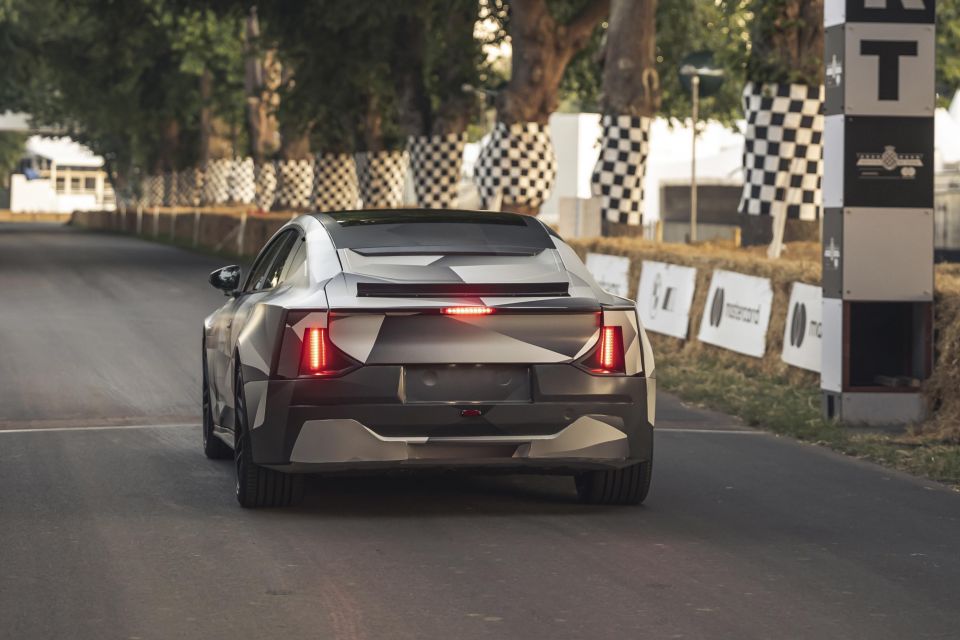

A prototype version of the Polestar 5 will take on the Goodwood Hillclimb at the Festival of Speed next week. It’ll be 2024 before the production version graces the road, however.
Polestar has previously said the5, which will look like the Precept concept, will offer “class-leading dynamics, rigidity and safety features” thanks to its bonded aluminium chassis.
It will follow in the wheel tracks of the already on-sale Polestar 2, which is already on sale, the Polestar 3 SUV (to be revealed this year), and the smaller Polestar 4 SUV (due in 2023).



Under the skin is a new bonded aluminium chassis Polestar says will be more rigid than current two-door sports cars or supercars. Although it’s strong, the brand claims its body-in-white will weigh less than that of vehicles in smaller segments.
“Combining strong electric motor engineering ability with advances in light-weight platform technology is leading to truly stunning driver’s cars,” said Jörg Brandscheid, Polestar head of research and development.
Keeping weight down is a constant battle in all cars, but it’s more pronounced in electric vehicles. Weight is the enemy of range, and lithium-ion batteries are incredibly heavy, so making the rest of the car light is key.

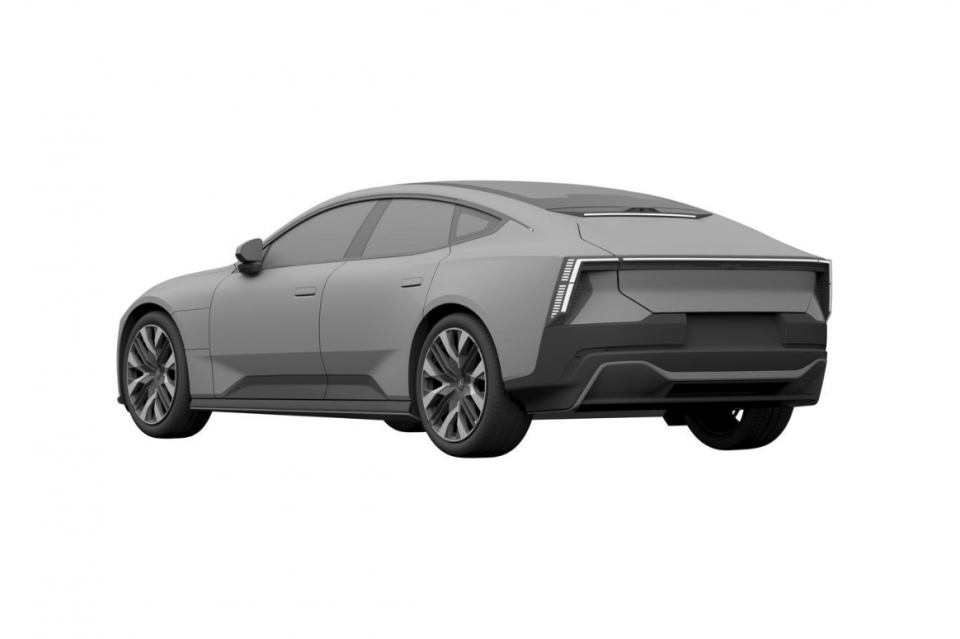
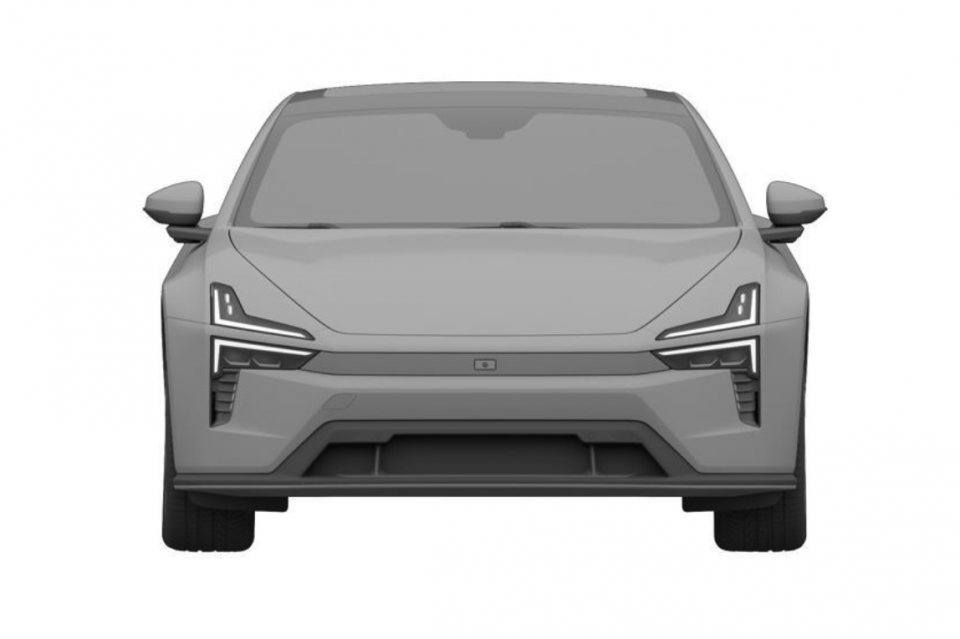

The production techniques used here will also be applied to other future Polestar products. Bonded aluminium structures have traditionally been reserved for low-volume sports cars, but the brand claims its new manufacturing process is faster and more mass-production friendly than more traditional methods.
Like other Polestar vehicles, the 5 will be made in China and sold throughout the world.
The Polestar name has come a long way since the motorsports firm began collaborating with Volvo in 1995. In 2013 the company started tuning Volvos for improved performance.
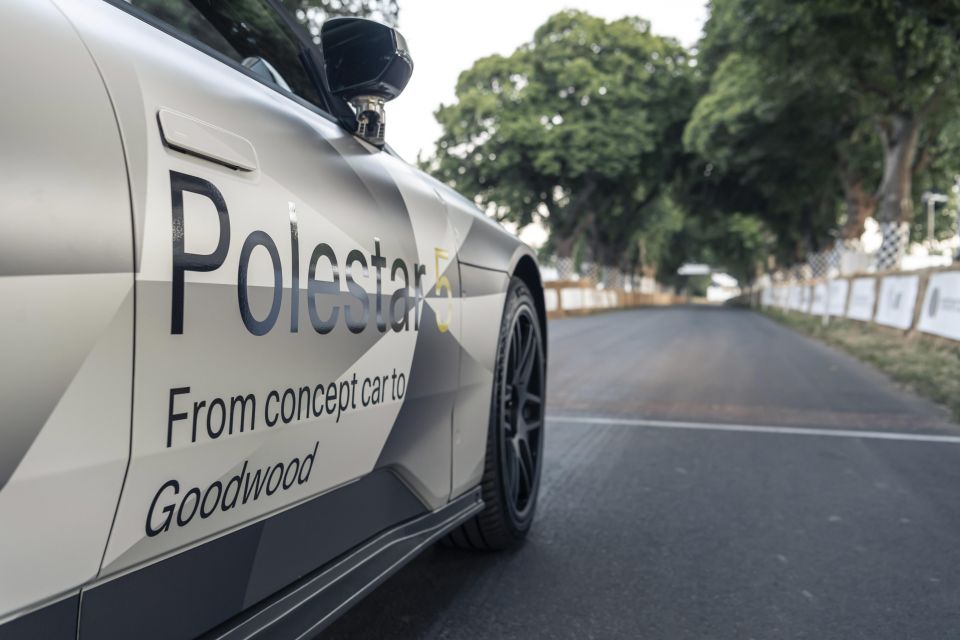
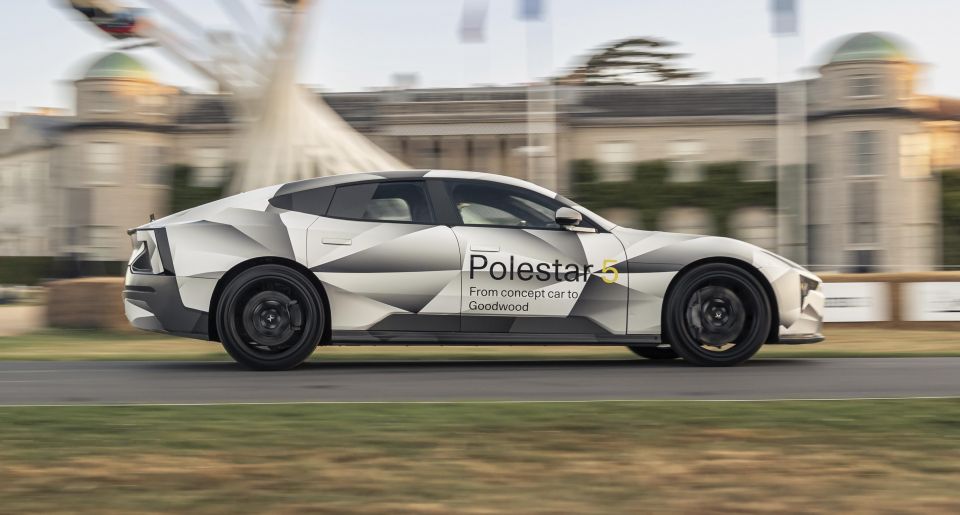

Polestar’s tuning arm was purchased in 2015, with the motorsports division spun off to become Cyan Racing. In 2017 Polestar became its own standalone brand, and was tasked with being Geely’s lead marque for electric vehicles.
The brand is currently gearing up to formalise its pairing with special purpose acquisition company (SPAC) Gores Guggenheim, in a move expected to raise around $US850 million ($A1.2 billion).
The raise will assist the Sweden-based EV brand, founded by Volvo and Zhejiang Geely Holding Group, with its aggressive growth plans comprising one model launch per year.
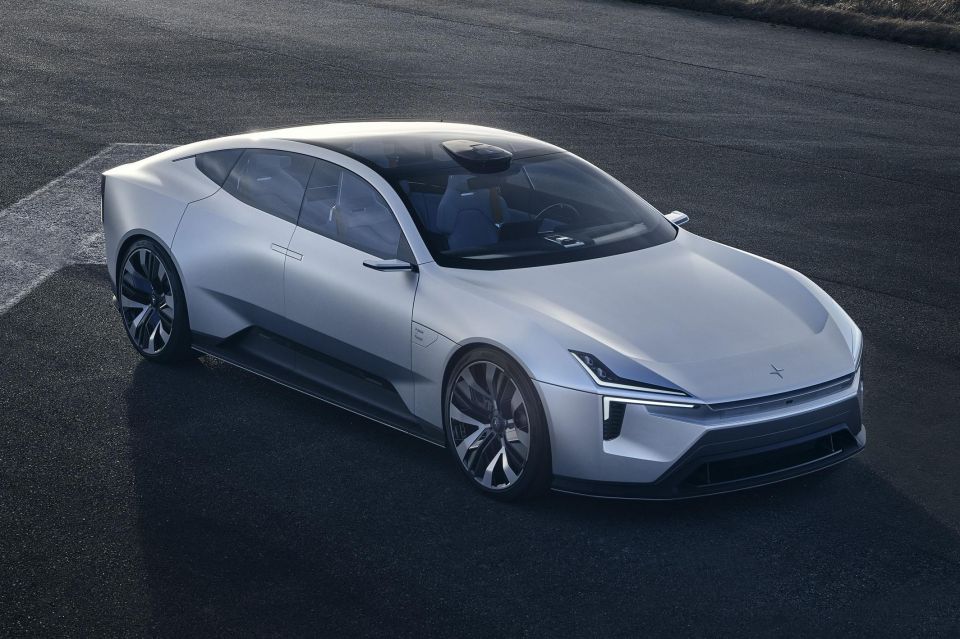
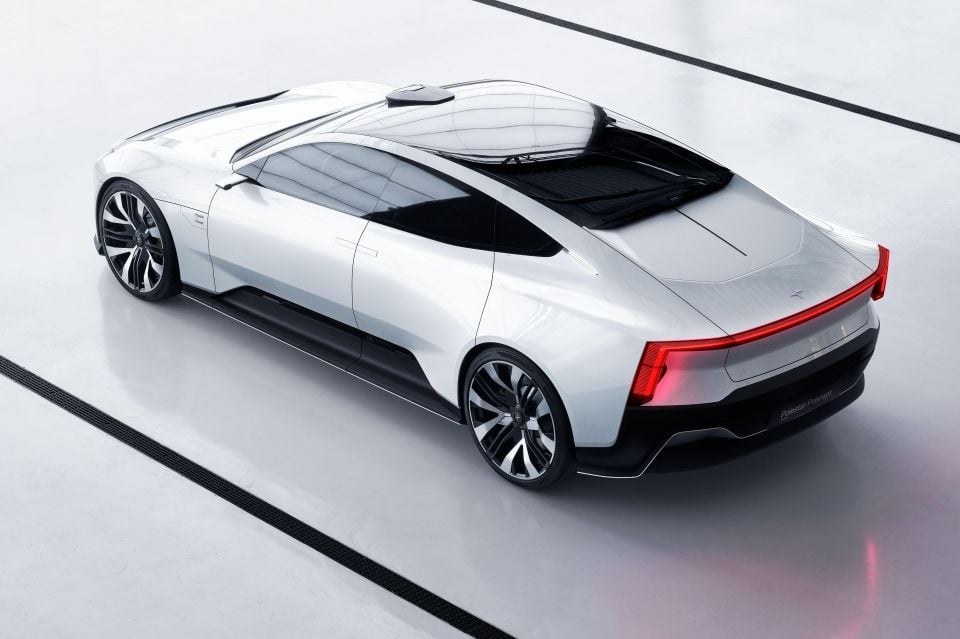
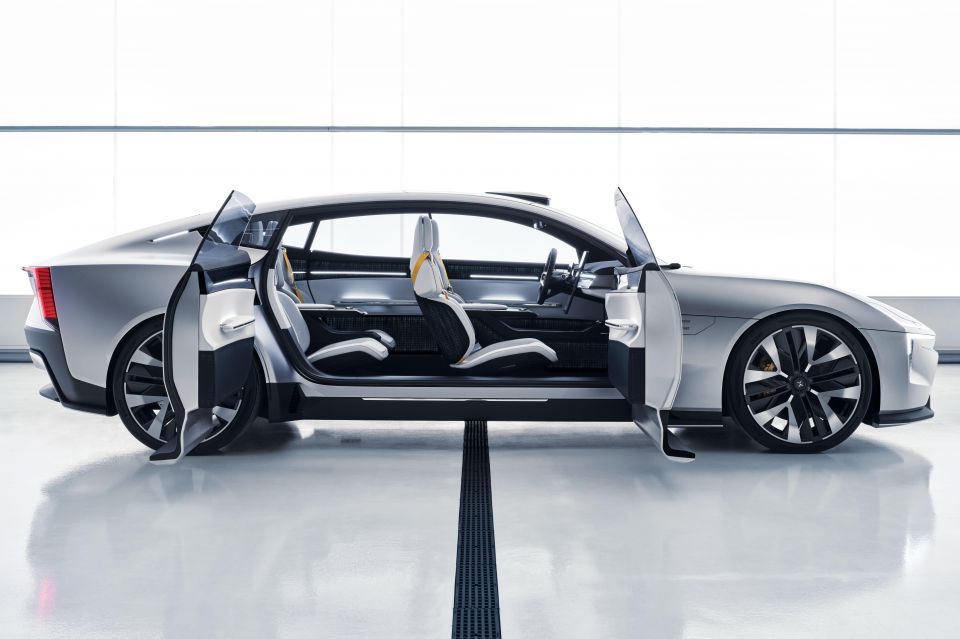
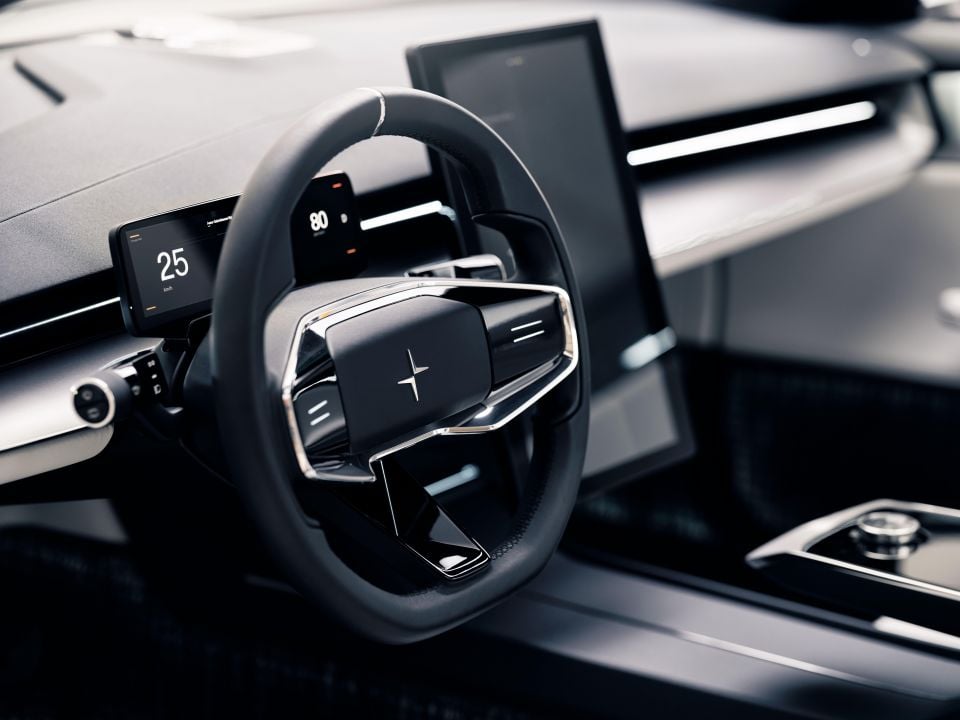
Polestar’s common stock should begin trading on the Nasdaq from June 24 under the new ticker symbol ‘PSNY’.
Polestar is expected to boost sales annual sales to 290,000 by 2025, up from 29,000 in 2021, and hopes to break even in 2023.
MORE: Polestar seeks to compete with Porsche, says CEO MORE: 2024 Polestar 5 design revealed in patent images MORE: Polestar 5: Liftback inspired by Precept concept confirmed MORE: Polestar 5: Electric GT detailed further
Where expert car reviews meet expert car buying – CarExpert gives you trusted advice, personalised service and real savings on your next new car.
Scott Collie is an automotive journalist based in Melbourne, Australia. Scott studied journalism at RMIT University and, after a lifelong obsession with everything automotive, started covering the car industry shortly afterwards. He has a passion for travel, and is an avid Melbourne Demons supporter.


Max Davies
6 Days Ago


Josh Nevett
4 Days Ago


Max Davies
4 Days Ago


Max Davies
3 Days Ago


Neil Briscoe
2 Days Ago


Max Davies
1 Day Ago